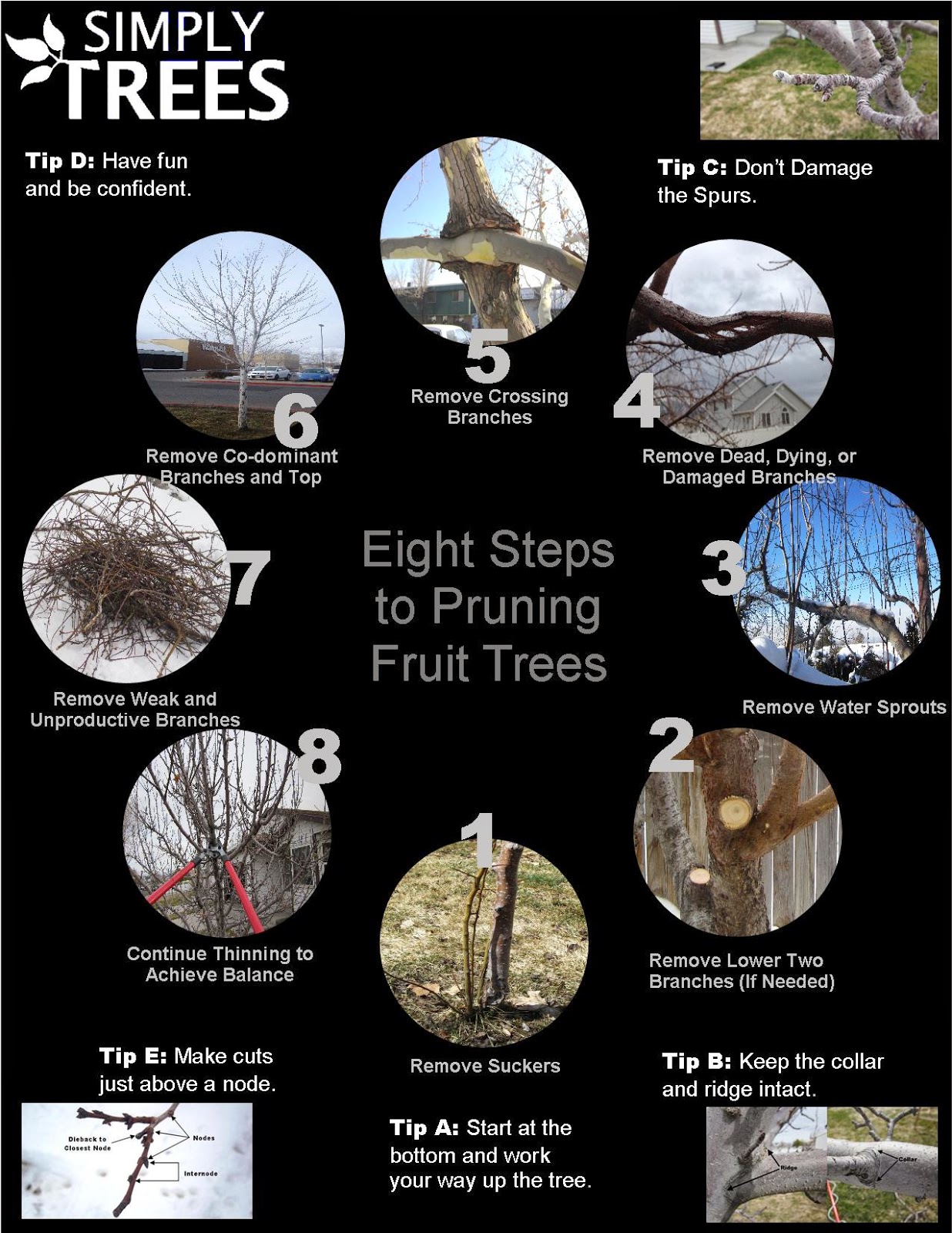Seasonal Considerations For Tree Care: What Is The Best Time To Remove Trees?
Seasonal Considerations For Tree Care: What Is The Best Time To Remove Trees?
Blog Article
Article Developed By-Conley Nymand
When pondering the very best time to remove trees from your building, a crucial equilibrium needs to be struck between tree health and safety issues. Consider the possible threats postured by unsteady or worn out trees, and how their removal can reduce these risks. However when precisely is the optimum minute to undertake this task? Remain tuned to uncover the seasonal nuances that can influence your decision and make certain the wellness of your trees and environments.
Optimum Timing for Tree Removal
When it pertains to choosing the ideal timing for tree elimination, it's important to take into consideration aspects such as the health of the tree, safety and security worries, and ecological guidelines. Examining the tree's overall wellness is vital to identify if elimination is needed. Dead or diseased trees pose threats and need to be eliminated immediately to prevent mishaps or residential or commercial property damage.
Safety worries, such as distance to buildings, power lines, or roadways, also play a significant role in figuring out the best time for removal. Abiding by ecological regulations is crucial to make sure that the removal process is performed properly and legally.
Taking into consideration these elements, the optimal timing for tree removal might differ. Generally, it's advised to get rid of trees throughout the inactive season, generally in late fall or winter season. During this time around, trees aren't proactively growing, making removal less difficult for the tree. Furthermore, with less fallen leaves, it's simpler for arborists to analyze the tree's structure and securely carry out the removal procedure.
Seasonal Factors to Consider
To guarantee successful tree care practices, it's essential to consider the seasonal variables that can influence the health and growth of your trees. Comprehending these seasonal variations can help you intend your tree treatment activities properly.
In spring, trees focus on new growth and budding. This is an ideal time for pruning to form the tree and get rid of dead branches.
Summer brings heat, demanding correct watering to maintain trees moisturized.
Fall is when trees begin preparing for inactivity, making it a good time for deep root fertilization to sustain their origin systems.
Wintertime, with its cool temperatures, is a period of inactivity for most trees, making it a suitable time for tree removal or major trimming.
Effect On Tree Health and Landscape
Taking into consideration the seasonal elements that affect your trees is important for their overall wellness and the appearance of your landscape. Correct tree treatment throughout the year can considerably affect their wellness and the visual charm of your outside area.
As Recommended Web page , pruning throughout the dormant cold weather can promote healthy and balanced growth in the spring, while eliminating dead or unhealthy branches in the loss can prevent potential threats throughout winter tornados. Additionally, monitoring your trees for signs of insects and diseases during the ideal periods can aid preserve their vigor and avoid widespread problems.
Moreover, the condition of your trees directly affects the general landscape layout. Trees that are well-maintained and healthy and balanced can improve the elegance and worth of your building, while ignored or harmed trees may diminish the visual appeal of your outdoor atmosphere.
Verdict
Bear in mind, the very best time to eliminate trees is throughout the inactive period to reduce tension on the tree and guarantee its health and safety. Think about the seasonal factors and possible dangers prior to organizing tree removal. By focusing on liable tree care and maintenance, you can maintain a safe and visually pleasing landscape for several years to find.
